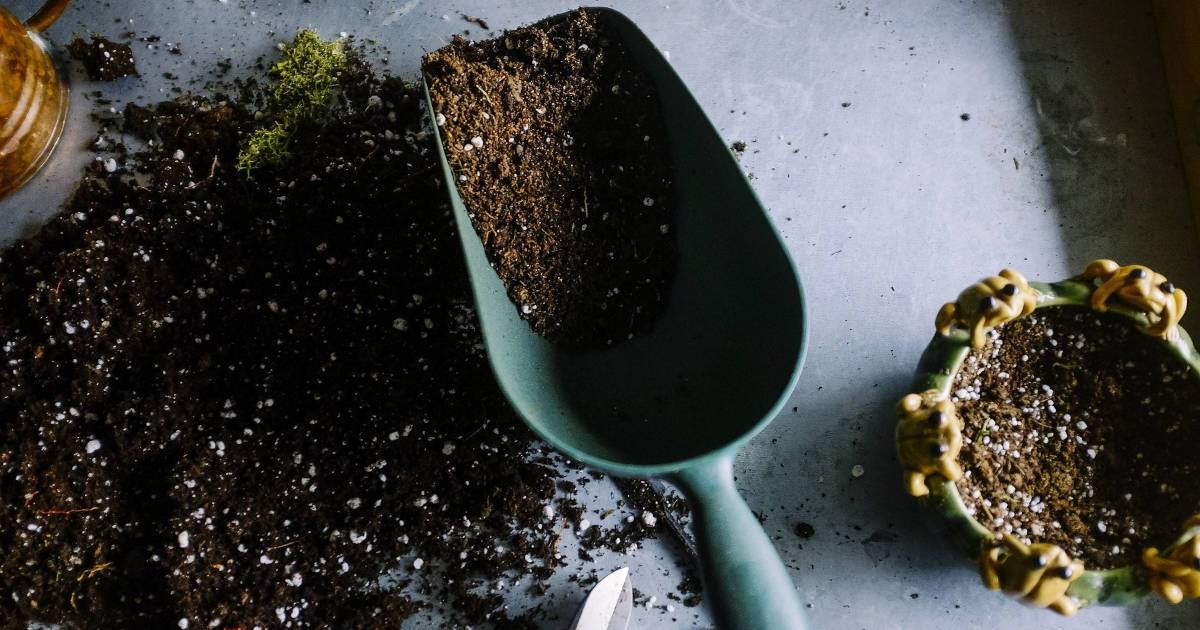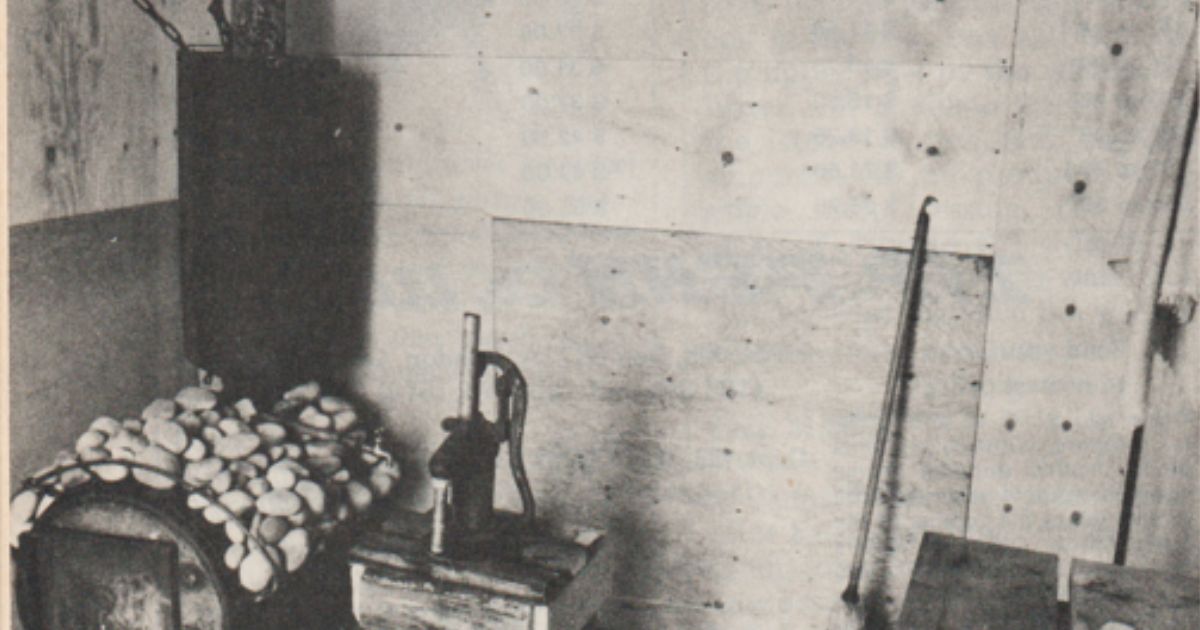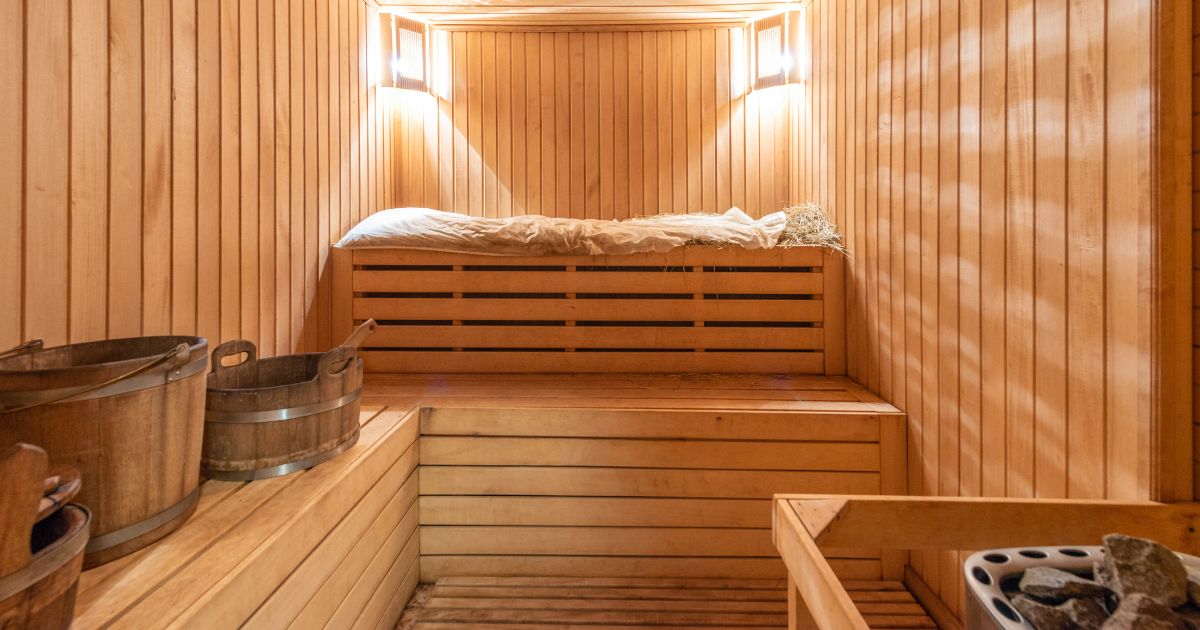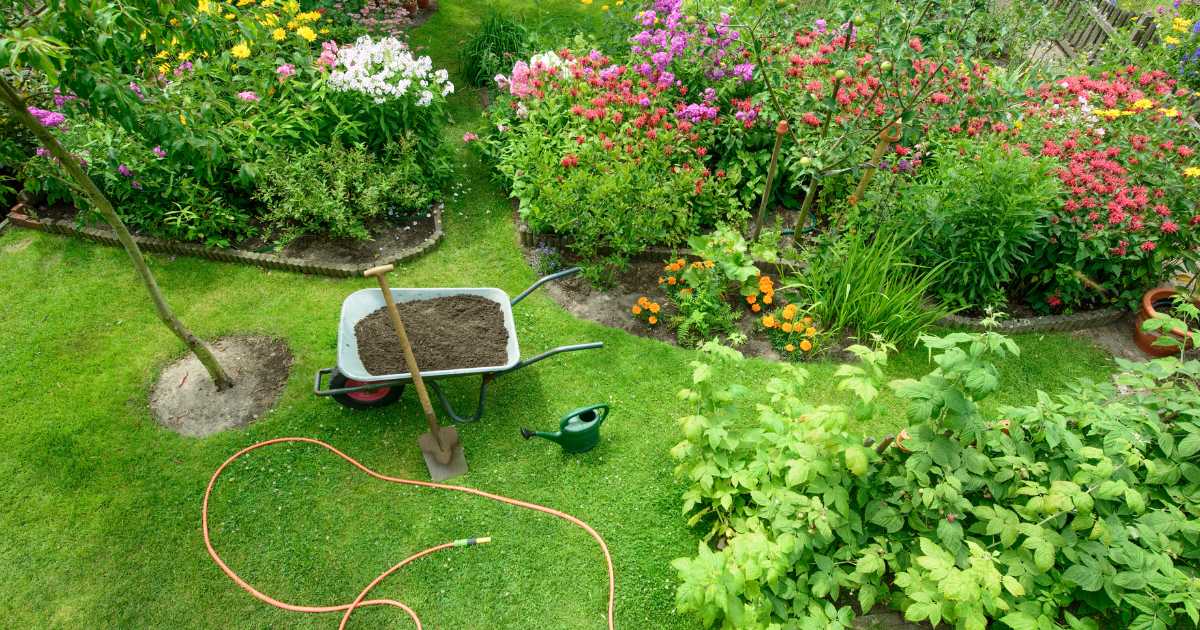A solid potting bench is a great thing for any gardener, and key to taking your gardening to the next level. The design I created here uses standard thicknesses of lumber and simple construction techniques to make a solid bench that lasts for years.
There are three main parts to my design: the top, the legs and the storage shelf. Keep a close eye on the plans as you read these instructions. The words make a lot more sense when you can see the parts you’re reading about.
Before you begin building, you need to do some figuring. How long should your potting bench be? How wide? How tall? A bench that’s 8 feet long and 35” deep from front to back is a good size if you have room for it, but your bench needn’t be this big. You can go smaller (or larger), depending on your needs and available space. The rule of thumb for any potting bench is an overall height equal to the distance between your wrists and the ground as your arms hang loosely by your sides. You’ll find 35” from ground to the working surface of the bench is a good all-around height.

Build the Leg Frames
The plans show how pairs of legs are joined together into frames, with the frames connected by long rails, top boards and shelf boards. Your first task is to build as many of these leg frames as needed to get the total length of bench you want. Depending on the weight of things you’ll be putting on your bench, aim for 36” to 48” between leg frames. If you’re not sure what makes sense right now, build the minimum number of frames you think will do the job, then temporarily set some top and shelf boards in place on the frame and see how things feel. You can always make an additional leg frame before assembly if trial and error shows the top and shelf flexes too much.
You could use 2x4s for the legs, but 4x4s work better. Remember, a heavy potting bench is a good, stable potting bench. Cut all the legs you need in one go, and all the crosspieces. A mitre saw is an excellent tool for easily and quickly getting these cuts perfectly square, but you can use a handsaw or hand-held circular saw, too. With all legs ready, it’s time to begin assembly, but first let me tell you about a trick to make this happen accurately.
A sheet of plywood or OSB placed on the floor of your workspace is an excellent reference tool for assembling your leg frames so they’re square. Since the corners of sheet materials made in North America are perfectly 90º, they offer ideal guides for positioning legs and cross pieces relative to each other. Place one leg along one long edge of the plywood as it sits on the ground, with the end of the bench leg aligned with the corner of the sheet. Place a second leg parallel to the first one, with outer edges of the legs spaced to match the length of your cross pieces. The beauty of using sheet material as an assembly guide like this is that it ensures square leg frames. As long as the ends of both legs are aligned with the edges of the plywood, and both legs are parallel, leg frames will have 90º corners, guaranteed. Double check your frames by measuring diagonals taken across the corners. Square leg frames will always have equal diagonals.
Back when I built my first bench in the mid-1980s, there was no such thing as deck screws. Wood screws available then were expensive and they didn’t bite into wood like the best modern deck screws do today. That’s why I used nails for my bench. That said, you’ll be far better off to assemble your bench parts with deck screws. They hold better than nails and it’s easier to drive them. My favourite deck screws are called Spax. The version I use are hot-dipped galvanized for rust-free exterior use and they have wavy threads that bite aggressively into wood.
Secure the cross pieces to the first pair of legs now. The upper cross piece needs to be flush with the top of the legs, and the second one 6” up from what will become the bottom ends of the legs. Use two 3 1/2”-long deck screws and glue to hold each joint together. Assemble the other leg frames now, then compare them all with each other when you’re done. If you’ve cut all the parts the same length, everything will be fine, though it pays to double-check. Fixing errors now is much easier than later.
Assemble the Base
Now’s the time to connect leg frames so they form the support structure for your bench, and long rails are the parts that make this happen. Depending on the length and strength you’re aiming for with your potting bench, 2x4s or 2x6s are the thing to use for long rails. Either way, these long rails fasten flush to the top of the legs. But before you begin assembling the base, let me tell you about another important trick. It’s the easiest way to ensure your leg frames come together properly. Forget your carpenter’s square, and grab a 24”-long level instead.
Start by finding a flat and level floor surface to set all the leg frames upright on, or create a temporary level surface. The sheet of plywood you used for assembling the leg frames will probably work fine if it’s not warped. Either way, once you have all leg frames on a level surface, all you need to do is make sure they’re straight up and down (called “plumb”) as long rails are fastened. Do this by referring to the level and all connections will be square. This is much easier and more accurate than using a carpenter’s square.
Recruit a helper to hold the leg frames up and keep them upright as you apply wood glue and secure each long rail-to-leg joint with a single deck screw (just one per joint for now), set off-center so you have room for a second screw later. You could certainly forget the glue, but it’s amazing how much strength and rigidity it adds. For all the time it takes, why cut corners? Use a waterproof glue such as Titebond III since your bench will get wet sometimes.
Your bench won’t be very strong at this stage because the glue is still wet, but that’s okay. Check that the leg frames are all plumb one more time, then add a second screw to each joint. If you want the strongest possible bench, get out your drill and 3/8” diameter carriage bolts without wasting time. Bore holes and draw the joints together tightly with the bolts before the glue dries. Besides pulling the joint together tightly for maximum glue strength, if things ever loosen up as the wood dries and shrinks in the future, you can tighten up the joints as good as new with a wrench.
Adding the Top
You can build the top of your workbench with 3/4”-thick plywood or solid 2×6, 2×8 or 2×10 lumber. I prefer to use planks like these here because they don’t cost any more than plywood, and they make for a stronger, heavier bench that’s much better suited to getting wet and dirty than plywood. There’s also no need to cut any of the boards lengthwise to get a specific workbench top width. You can usually mix and match different standard widths of lumber to deliver the ideal 1” or 2” of overhang on the sides and ends. As you figure things out, remember that a construction-grade 2×6 measures 5 1/2” wide; a 2×8 is generally 7 1/4”; and a 2×10 is typically 9 1/4” wide
If you’re using lumber for the top, make sure all boards are cut to the same length, then arrange them tightly as they come together on the leg frame. Big gaps between boards aren’t what you want. Try and get a couple of pipe clamps to draw the wood together as boards go down. Two or three 3 1/2” or 4”-long deck screws driven into each top board-to-cross piece joint will do the job. Use no glue on these joints, since you want the option of removing and replacing top boards later, if they get damaged.
Do You Need a Workshop Workbench?
This potting bench design makes an ideal workshop bench, too. The top will perform better for you if it’s made of 1 1/2”-thick lumber (rather than 3/4” plywood), and you’ll want to make full use of bolts for the frame joints rather than screws. As useful as a good workbench is on its own, you’ll also need to add some kind of vise to make the bench as useful as possible. And the work you plan to do affects the hardware that makes sense. A machinist’s vise with 6”-wide jaws is my favourite all-around option for holding anything metal, plus wood and plastic where surface denting doesn’t matter. If you’ll be using your workbench primarily for woodworking, then consider a face vise made especially for this job. It’s wider than a machinist’s vise, and uses pieces of hardwood to form the working faces of the jaws. If you’ll be using your bench for gluing or finishing wood, consider securing a replaceable layer of 1/4” underlay plywood on top. Use just enough small screws to keep the plywood secure. When the glue and mess get too bad, simply remove the old ply and replace it with a fresh piece.
<<<<<<<<<<<<

Want to Add a Sink?
Insetting a removable potting tub into the top of your potting bench is easy and useful. Buy a sturdy plastic tub with a lip, measure the length and width of the body of the tub, then mark it on the bench top, somewhere between leg frames on the right or left hand side of the center legs. Use 2x4s to reinforce the underside of the top immediately on each side where the tub will go, then bore a 1” diameter hole through the bench top, just inside the lines, one at each corner. Cut all four sides of the opening using a jigsaw, then drop the tub into position. You’re now ready to store soil or potting materials right at bench level.
If you’d like to add a sink and running water to your bench, you’ve got a couple of options. You can install a sink the same way as a potting tub, or flush with the surface of the top so the sink can be covered with a removable piece of plywood whenever you want a continuous benchtop work surface. A reclaimed, top-mounted stainless steel kitchen sink is ideal for covering in this way because the perimeter lip is thin. Cut a reinforced opening in the benchtop and install your sink as you would any potting tub. Next, cut a piece of 3/4-inch plywood the same size as your workbench top, so it rests on the top boards, with an opening cut for the sink that’s as large as the outer edges of the sink’s lip. Cut a matching piece of 5/8”-thick plywood to fill this space and you’ve got a removable cover that sits flush with the rest of the benchtop when you’re not using the sink.
A reclaimed kitchen faucet is a more convenient way to bring water to your sink than a garden hose, and it’s not difficult to install. Fasten 6” or 7” lengths of 1/2” diameter copper pipe onto the inlets of your faucet if it doesn’t have any, then use four copper pipe mounting straps to secure the faucet to the back face of the benchtop back. Fit the end of one of the copper pipes coming off the faucet with a quick-release hose fitting, and it’s easy to connect and disconnect the water supply to your bench. Drain waste water from the sink into a pail or a graveled area underneath the bench. You’re now ready to wash vegetables outdoors, keeping mess out of your kitchen. An optional raised back and sides on the benchtop helps keep potting supplies and tools from rolling off during use.
All that remains is to add the shelf. It’s nothing more than a replica of the top, except that it fits between the legs, not on top of them. And unless you’ll be storing exceptionally heavy things, 3/4” plywood is fine for the shelf. Cut the shelf boards so they fit between legs, and fasten them with screws only.
Potting benches are one of those things that are best made, not bought. Take the time to build yours right and you’ll never need to wish you had a better bench again.
Steve Maxwell and his wife Mary live on a 90-acre modern homestead on Manitoulin Island, Ontario in a stone house they built with local materials beginning in 1985. Steve is Canada’s longest-running home improvement and how-to columnist and editor of Home and Property. He divides his time working on the land, building things large and small, and creating articles and how-to videos that teach sustainable, self-reliant, hands-on living skills.












